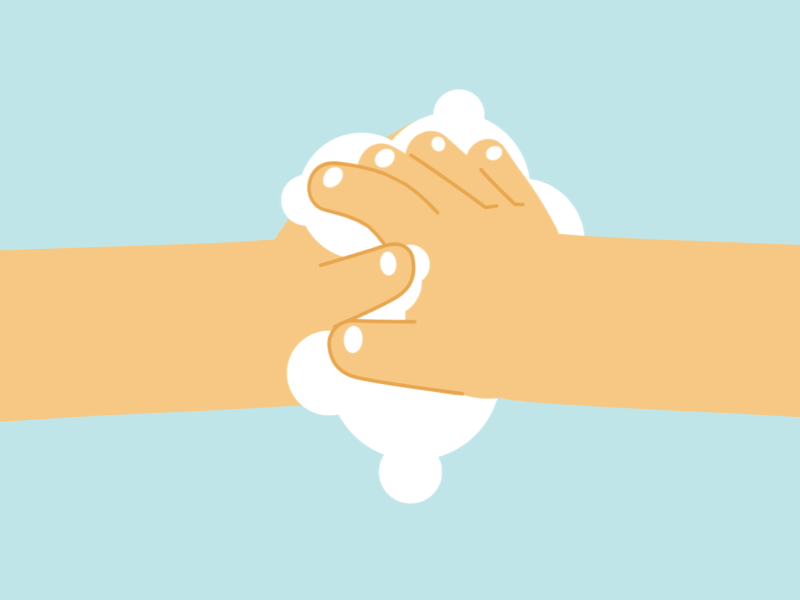September 2021 archive
Consumable Waste Assignment
When I think about the foods I eat and the packaging they have, I, along with other people tend to forget where it ends up going. I typically only eat food with packaging when I’m having a snack, lunch for school, or if I’m eating food from a restaurant. The foods I eat usually come in different types of materials, like plastic containers, glass containers, aluminium foils, cardboard boxes, and plastic wrappers. I think companies choose these materials because it is cheap and efficient to make. Packaging is positive for the customer because it is convenient and ensures the product is safe and clean. Packaging can be negative for a customer, because they typically throw it away, and don’t use it again.
Once we have eaten the food inside of the packaging, it usually gets thrown away. After one day the food packaging waste is usually in a garbage bin or sent to a landfill. From there, it goes to a transfer station, which is a temporary location for garbage trucks to drop off their waste. Once it is compacted and ready for transfer it is sent onto larger trucks. It is then sent to a material recovery facility. These are locations where debris is sorted to separate useful materials from the waste stream before it reaches the last destination. When the waste leaves the facility it is then sent to the final destination, which is the landfill. Here, the garbage decomposes, but it is a very slow process, due to the lack of oxygen. A year later, the waste is still at the landfill and left to decompose, but as I mentioned, this is a very slow, long process. Plastic can decompose in 100 years, but it usually takes 20-500 years.
When food waste ends up in landfills, it produces large amounts of methane- a greenhouse gas that is even more powerful than carbon dioxide. Greenhouse gases like methane, CO2, and chlorofluorocarbons absorb infrared radiation and heat the earth’s atmosphere, thus, causing global warming and climate change.
We can reduce waste in numerous ways:
- Get rid of single-use items- and replace them with reusable ones. For instance, instead of using plastic straws, we can use metal ones, or instead of plastic containers use glass.
- Buying Local- Not only does buying local mean less waste in terms of the packaging of the product, but it also means less waste in terms of the cost of emissions for transportation.
- Composting your food can significantly reduce the amount of waste being put in the landfill, and speed up the decomposition process substantially.
- Buy less- the less you buy, the less you waste. Buying excessive amounts of stuff that you might not need is not only a waste of money but also a waste of packaging and materials.
In conclusion, there is a lot more we as humans need to do to reduce our waste, or there could be grave consequences, like an increase in pollution, overflow of landfills, and destruction of habitats. This is preventable, however, if we reuse products, buy local, compost food, and buy less.
Digital Footprint
. How might your digital footprint affect your future opportunities? 
Your digital footprint can affect your future opportunities in many ways. If you have a negative digital footprint, you may be rejected from colleges and job opportunities. Not only this but having a negative digital footprint could tarnish your reputation, lead to public embarrassment, identity theft, cyber bullying, and even defamation.
![]()
Describe at least three strategies that you can use to keep your digital footprint appropriate and safe.
You can keep your digital footprint safe and appropriate and safe by doing the following:
- Make your social media account private- set your accounts to private, so that only the people who you want to consume your content can. However, you should still be aware that what you post, and your personal information can still get leaked.
2. Be mindful of what you share-. You should avoid posting controversial opinions, or things that may offend certain people. Additionally, you shouldn’t post pictures or videos of yourself on social media, if you wouldn’t be happy if your boss, or a college you’re applying to sees it.
3. Have strong passwords that you can remember. Make a password that is easy for you to guess, but hard for someone else. Use uppercase and lowercase numbers, symbols, and avoid using names or birth dates. It is important to have a good password so that you do not get hacked and personal information that can affect your digital footprint does not get leaked.
What information did you learn that you would pass on to other students? How would you go about telling them?
Something I learned that I would pass on to other students is to think before you post, as it can seriously impact your future. I would go about telling them by showing examples of people who have been denied jobs and universities because of their digital footprint. I would tell them that your digital footprint reflects your character and who you are as a person, so you should maintain a positive image.
Image sources:
https://decdeg.com/cruelty-of-digital-footprint/
:https://www.dreamstime.com/stock-images-man-profile-social-media-icons-image24588844%5D
https://in.mashable.com/tech/16399/how-to-make-your-instagram-account-private
https://www.chicagotribune.com/business/ct-data-brokers-personal-info-oversight-20161031-story.html
How To Create A Strong Password? How To Safeguard Your Super Secure Password From Hackers?
Visual Safety Guide
- Wash your hands

2. Always use oven mitts or pot holders when to handle hot dishes

3. Use a wooden spoon since it is a non-conductor of heat.
4. Lift saucepan lid away from you to prevent burns from steam 
5. Only use a cutting board to cut food 

